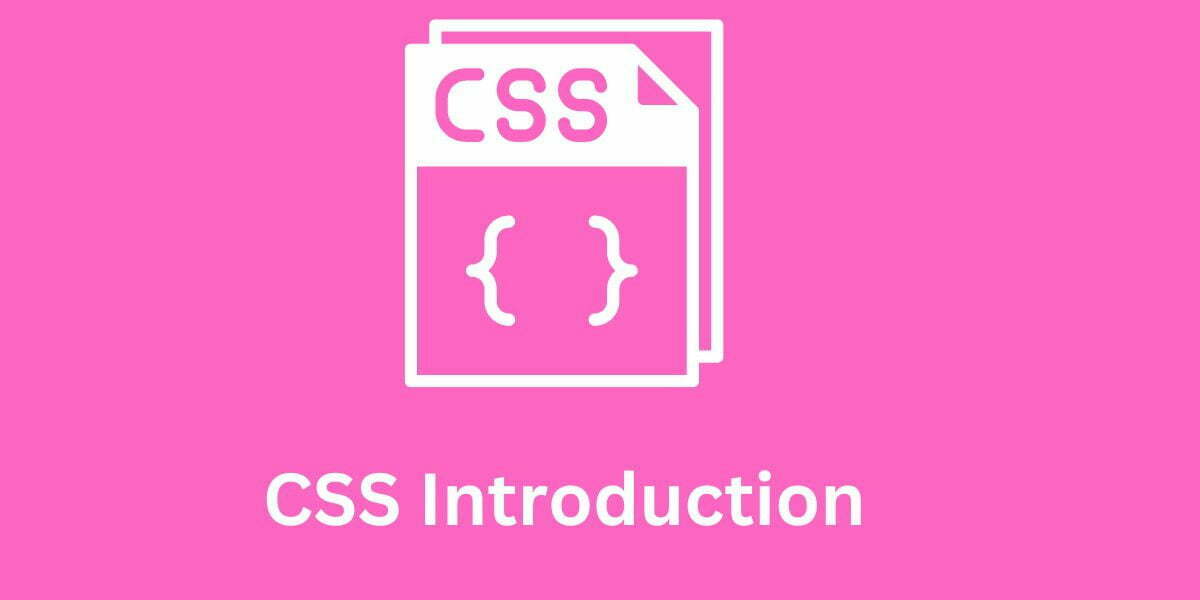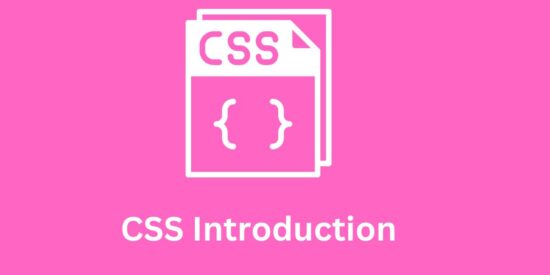CSS Introduction was first proposed in 1994 by Håkon Wium Lie, a researcher at CERN, as a way to provide style information for web documents. It was developed as a way to improve upon the formatting options available in HTML at the time, which were limited and often resulted in inconsistent styles across different browsers.

CSS Introduction History
CSS Introduction, the first version of the CSS1, specification, was released in 1996 and provided basic styling capabilities such as font size and color, margins, and positioning. CSS2, released in 1998, added support for media types, downloadable fonts, and other features.
CSS Introduction, the current version of CSS3, was released in 1999 and has been updated over the years to include new features such as support for responsive design, transitions and animations, and grid layout. CSS has become an essential tool for web developers and is widely used to style websites and applications on the web.
What is CSS?
CSS (Cascading Style Sheets) is a stylesheet language used for describing the look and formatting of a document written in HTML (Hypertext Markup Language). CSS allows developers to separate the content of a webpage from its style, making it easier to maintain and update websites.
With CSS Introduction, developers can control the appearance of a webpage or application by defining style rules that apply to specific elements in the HTML document. These style rules can include things like font size and color, margins and padding, background colors and images, and layout and positioning.
CSS Introduction is a declarative language, which means that developers specify what they want the style to be, and the browser takes care of rendering the style according to the rules defined in the CSS. This separation of content and style makes it easier to maintain and update websites, as developers can make changes to the style without having to modify the underlying HTML content.
CSS is supported by all modern web browsers and is an essential tool for web developers working on the front end of websites and applications.
Why Use CSS?
There are several reasons why CSS is an important tool for web development:
- Separation of content and style: By separating the content of a webpage from its style, CSS makes it easier to maintain and update websites. Developers can make changes to the style without having to modify the underlying HTML content, which can save time and effort.
- Improved accessibility: With CSS, developers can specify styles that are more accessible to users with disabilities. For example, they can increase the font size or contrast of text to make it easier to read for users with visual impairments.
- Consistency: CSS allows developers to define style rules that apply to an entire website, ensuring a consistent look and feel across all pages. This helps to create a more cohesive user experience for visitors to the website.
- Responsive design: CSS allows developers to create responsive designs that adapt to the size and orientation of different devices. This is important because more and more people are accessing the web from a variety of devices, including smartphones and tablets.
- Efficient use of resources: By separating the content of a webpage from its style, CSS can help to reduce the size of HTML documents, which can improve the performance of the website. This is especially important for mobile devices, which often have limited resources and slower internet connections.
Overall, CSS is an essential tool for web development that allows developers to create attractive, consistent, and functional websites and applications.
FAQ
Read more.
- The Ultimate Guide to the Top 10 Java Frameworks for 2024.
- A Comprehensive Guide to Using javascript:location.reload(true) in Web Development
- PHP explode Multiple Separators: A Comprehensive Guide.
- Copy Constructor in Java: A Complete Guide
- 50 Ultimate PHP Project Topics to Elevate Your Development Skills.

